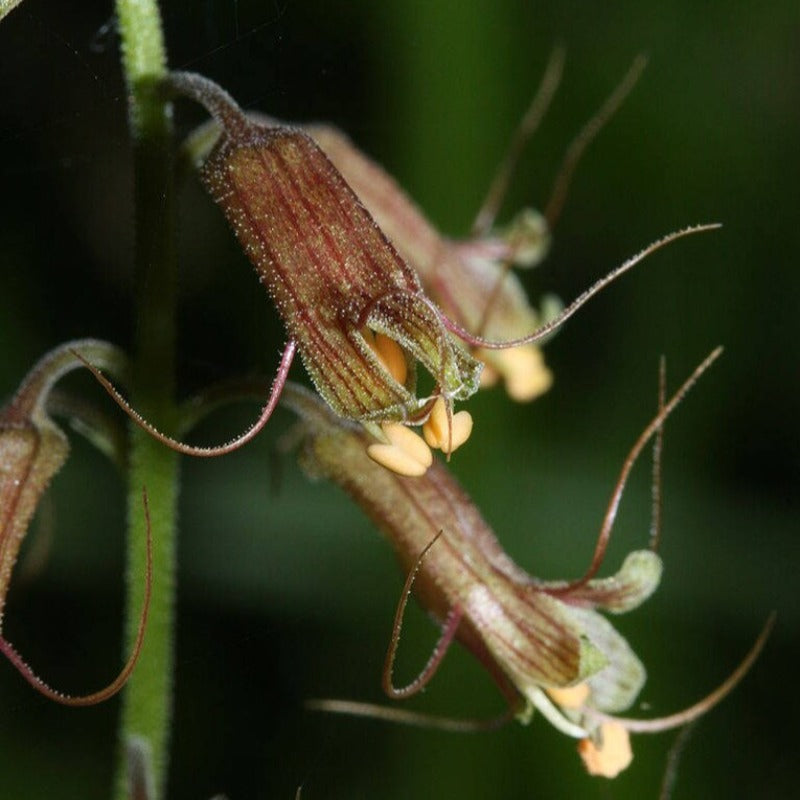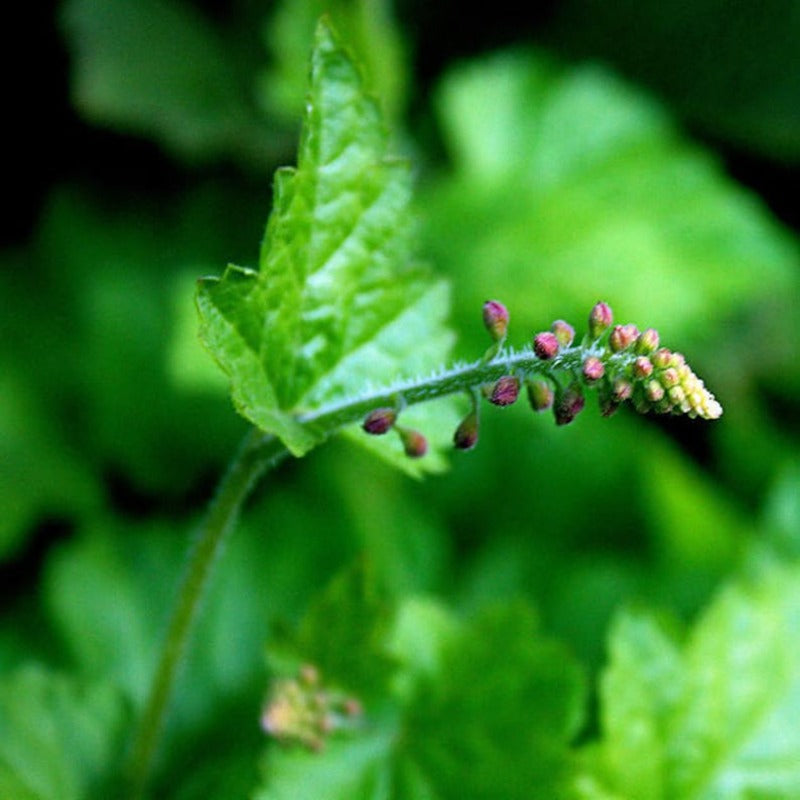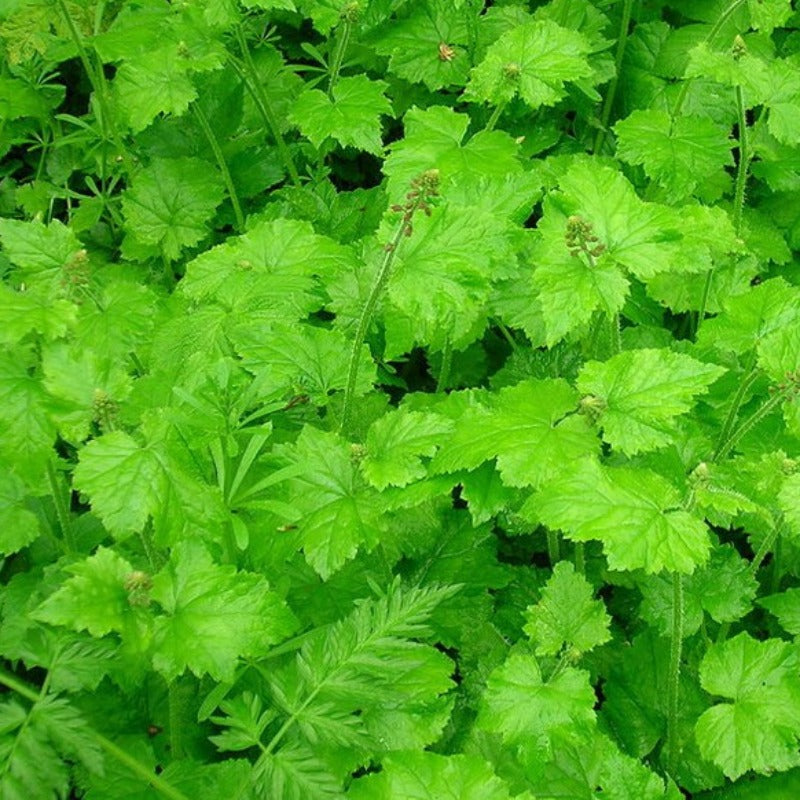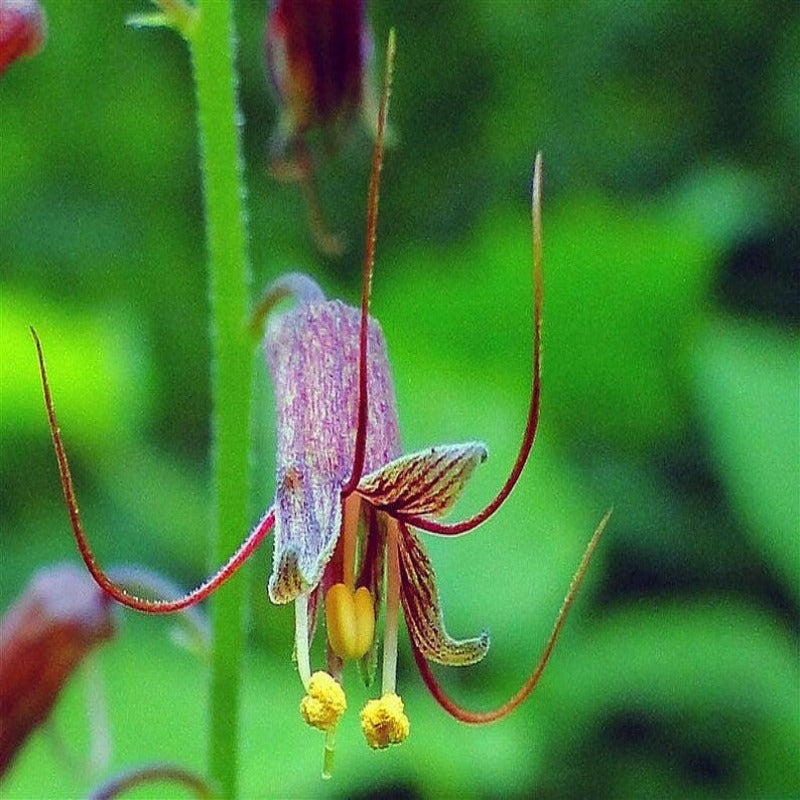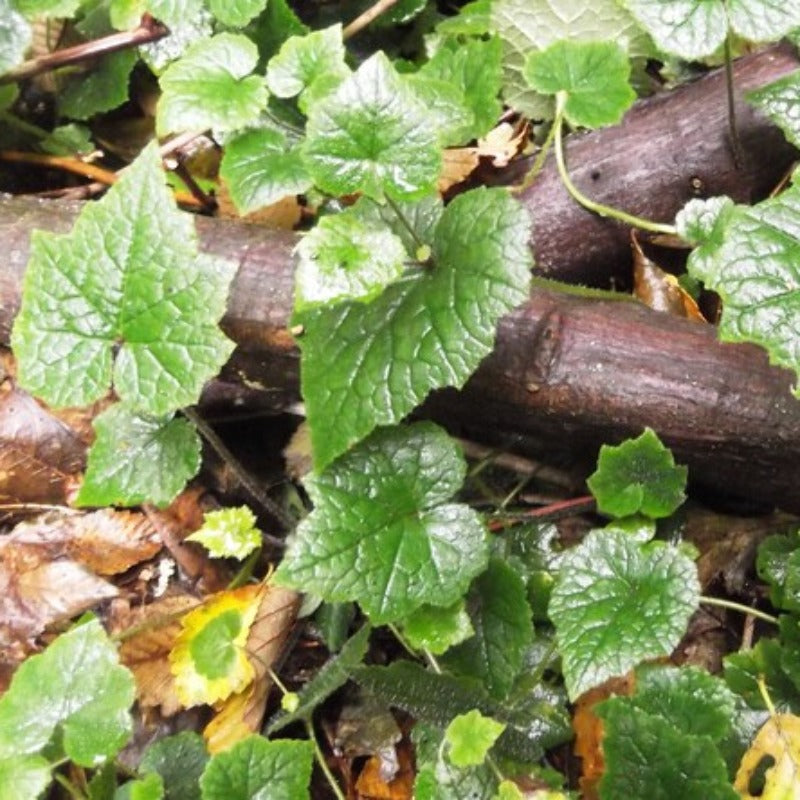- Historical context: The Youth on Age flower, also known as Tolmiea menziesii or Piggyback Plant, is a perennial plant native to the west coast of North America. It is named after the Scottish-Canadian botanist William Fraser Tolmie.
- Geographical origination: The plant is native to North America, specifically the west coast, including areas from northern California to southern Alaska.
- Relevant cultural significance: The plant is popular in horticulture due to its unique 'piggyback' growth habit, where new plantlets form on the mother leaf.
- Time period of discovery: The plant was first described scientifically in the 19th century.
- Original habitat: The plant is typically found in moist, shady forests and along stream banks.
- Notable historical uses: Historically, the plant has been used for its ornamental value in gardens and as a houseplant.
- Ideal temperature range: The plant prefers a cool to moderate temperature range, between 60-75 degrees Fahrenheit.
- Soil type: It prefers well-drained, fertile soil that is rich in organic matter.
- Sunlight requirements: The plant prefers partial to full shade.
- Watering needs: The soil should be kept consistently moist, but not waterlogged.
- Planting season: Seeds can be sown in spring or fall.
- Germination time: Seeds typically germinate in 2-3 weeks.
- Growth cycle duration: The plant is a perennial, meaning it can live for several years.
- Common pests and diseases: Common issues include aphids and root rot if the plant is overwatered.
- Companion planting advice: The plant pairs well with other shade-loving plants such as ferns and hostas.
- Common challenges and solutions: The plant can struggle in hot, dry conditions. To mitigate this, ensure the plant is kept in a shady location and the soil is kept moist.
- Nutritional values: Not typically consumed, so nutritional values are not applicable.
- Health benefits: There are no known health benefits associated with this plant.
- Culinary uses: The plant is not typically used in cooking.
- Medicinal uses: There are no known medicinal uses for this plant.
- Other unique advantages: The plant's unique 'piggyback' growth habit makes it a popular choice for ornamental gardening and as a houseplant.
